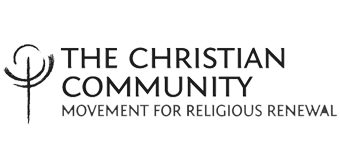Passiontide
Just as in history there are eras of blossoming that you can compare with spring tide, we are also familiar with autumn tides of humanity, when all that has bloomed dies. Author Roland Holst expressed this sense of an approaching end with the words:
… that I was born in the autumn of a world
And have to die in it.
We all have death at our heels—even more, he has become our inseparable companion. You could despair in a world where so much is doomed to death, degenerates, and falls apart. But try to think that everything would stay the same. Just imagine that no one and nothing would die anymore—that is perhaps the worst that could happen to us. What is doomed to death must die, to make space for new life.
In these days the altar has become black. This color—or rather, this absence of all color—is more than the herald of irrevocable death. If we dare to face death, if we dare to go through the eye of the needle, we come to know a form of life that is born from death. We then look beyond the fall of a world in which everything has to die sooner or later. Then you can say together with the poet:
I will no longer see the blades
Nor ever bind the sheaves again
But give me faith in the harvest
For which I serve.
-Rev. Bastiaan Baan, March 4, 2024
